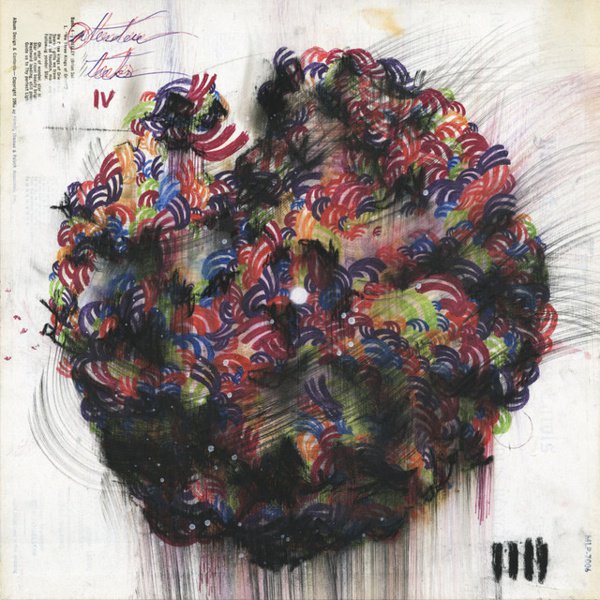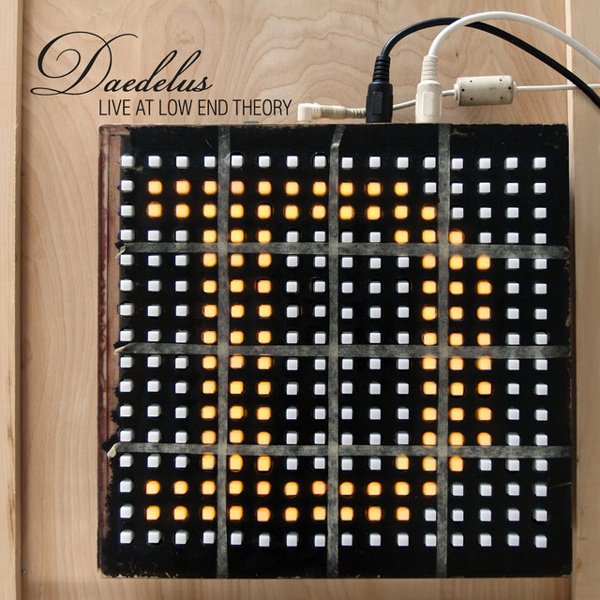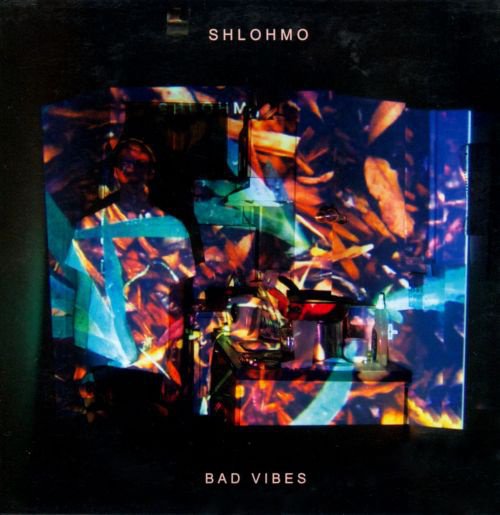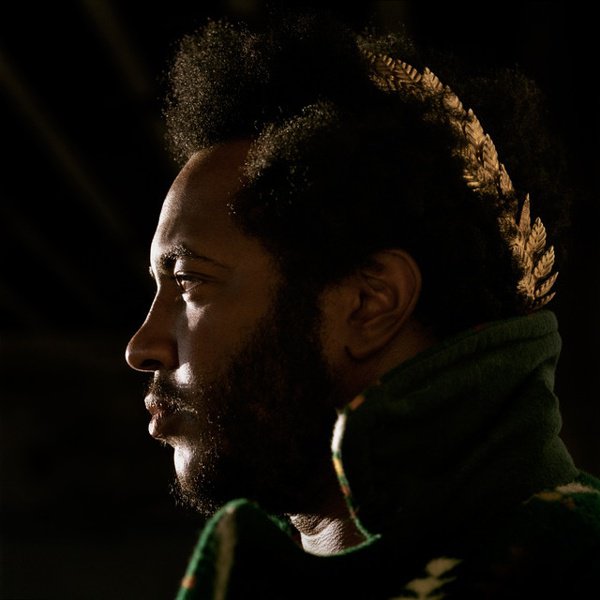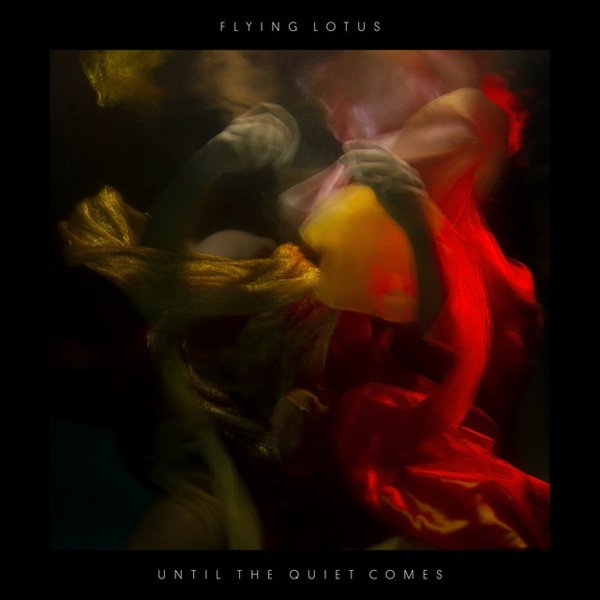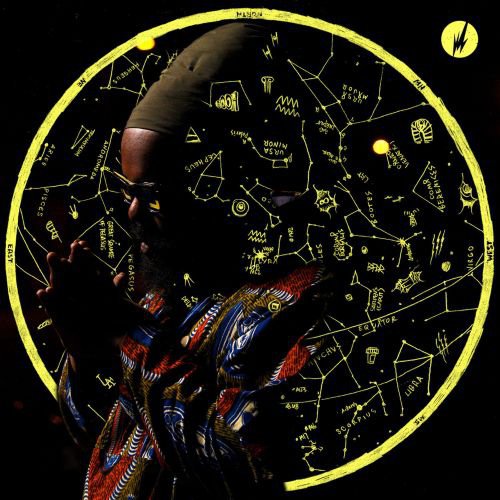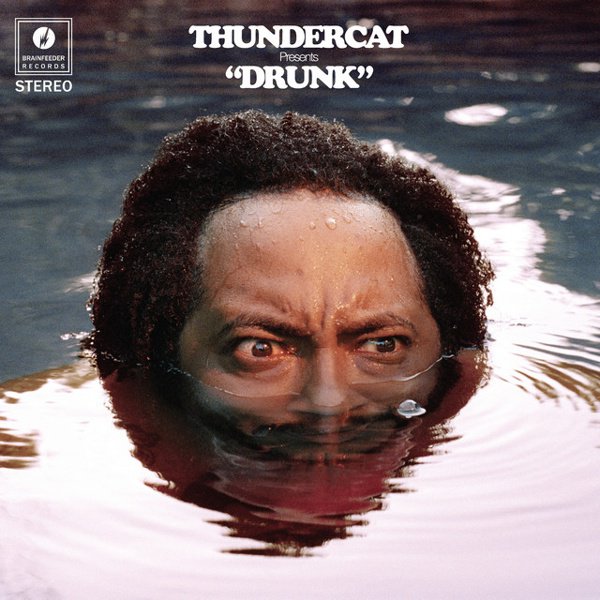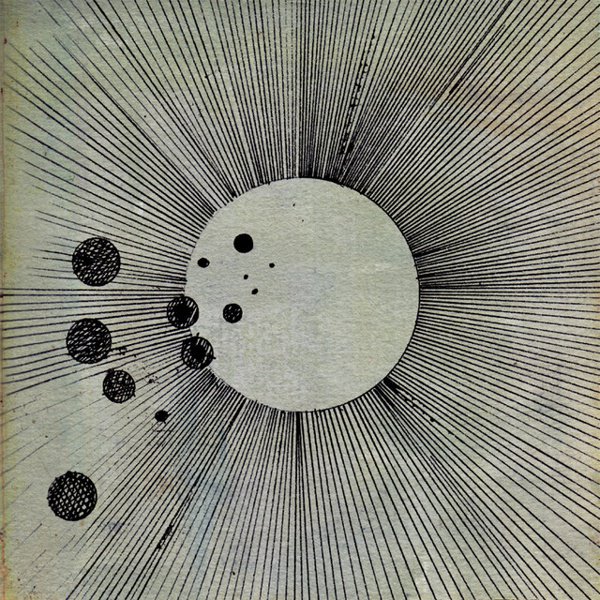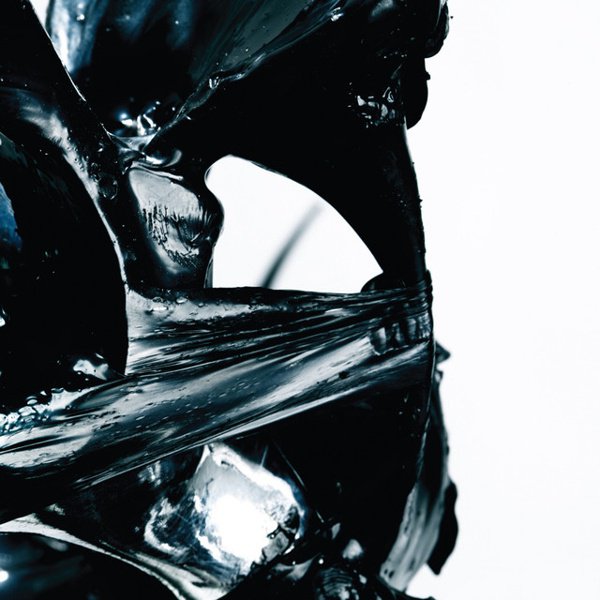Hip-hop and electronic dance music have never been all that distant from each other, or at least they never really needed to be. The electro squelches and 808 booms of early ’80s digital production, the “Amen” and “Funky Drummer” breaks of peak early sampling, the analog-synth ’70s nostalgia that permeated the ’90s, the dizzying post-genre crossovers of the Y2K cusp — this was all shared territory, and the longer it went on the less strange it seemed to imagine a world where you could draw from both New Order and Public Enemy, Goldie and RZA, Björk and Missy, until we somehow wound up at the point where Radiohead’s Thom Yorke wasn’t just talking up MF DOOM but actually remixing him. The idea that a scene would emerge that did for hip-hop what IDM did for techno wasn’t just out of the question — it actually felt overdue. And that’s what people should remember the L.A. beat scene for.
J Dilla’s passing in 2006 was a tragedy that also became a catalyst: the Detroit-native hip-hop legend had found a new livelihood in Los Angeles and was not just creating some of his most revered work there, but spurring every bedroom beatmaker in a 50 mile radius to try and figure out what made his sounds tick. And while the broader Stones Throw coalition Dilla had joined would sustain SoCal’s more experimental and uninhibited beat geeks for the bulk of the decade, it was just a matter of time for a next phase to emerge — one that was increasingly willing to cross-pollinate with the artform-advancing yet crowdpleasing developments in electronic dance. The more adventurous heads were mixing in Warp and Hyperdub with their Stones Throw and Definitive Jux, and there was a groundswell of low-budget DIY bedroom producers who did a lot of their cratedigging digitally and were more interested in being post-genre explorers than industry cogs. They just needed an epicenter.
By the mid 2000s, producer/engineer Kevin “Daddy Kev” Moo had built off an early career making some adventurous indie-rap records with Awol One, and would use his experience in the indie trenches to launch the indie label/distro Alpha Pup alongside his fiancé Danyell Jariel. Kev was no stranger to putting together genre-busting club nights — he spent a couple millennium-straddling years spinning a hip-hop/drum’n’bass fusion night at Silver Lake hotspot Spaceland — but the timing was ideal for this next phase, arriving as it did during a transitional period hungry for new styles. Kev started booking a recurring club night and brought in a few partners to help curate it: Edward Ma, better known as edIT from electro-dubstep bombdrop specialists Glitch Mob, Elvin Estela, who’d cut a few remarkable psych-hop albums as Nobody, James McCall, better known as acerbic freestyle-wizard rapper Nocando, and William Bensussen, whose alias The Gaslamp Killer was inspired by his tendency to play stuff too intensely heavy for his hometown San Diego club crowd. Eight months after Dilla’s passing, that new club night took off: hosted in Lincoln Heights venue The Airliner and dubbed Low End Theory, a nod to A Tribe Called Quest that was also a signifier of this scene’s jazz-hop aspirations, it would soon become one of the most influential incubators of cutting-edge beat music on the entire West Coast. That influence would then spread internationally with an internet-fueled rapidity, until it stood as one of the most recognizable era-defining creative outlets of the 2010s. (edIT would bow out after a year with no hard feelings, but his replacement, veteran turntablist D-Styles, would step in to cultivate some of the LET’s more eclectically versatile angles.)
The very same month the first Low End Theory went down also saw the release of a relatively low-key release on the L.A.-based avant-beat Plug Research label — 1983, the debut album by an ambitious young art and film student whose great-aunt just so happened to be spiritual jazz titan Alice Coltrane. On that album, Steven Ellison, better known as Flying Lotus, would initially come across like the sum of his influences — not just Dilla, but other fixtures of the burgeoning L.A. beat scene like Daedelus and the aforementioned Nobody. But like the Good Life Cafe and Project Blowed did for rappers, there was something about the way Low End Theory and its attendant community inspired a sort of fearless collaborative-competitive freedom in its beatmakers. And by the 2008 release of the epochal Los Angeles on IDM stronghold Warp, FlyLo had become something of a nascent standardbearer— one with enough pull to establish his own label Brainfeeder that year and enough connections to populate it with a roster that practically embodied nearly the entirety of the L.A. beat scene: beatmaker peers like Teebs and Samiyam, jazz musicians ranging from fusion futurist Thundercat to spiritual-jazz star Kamasi Washington, and a number of likeminded international names like Dutch-born jungle/dubstep/techno hybridizer Martyn and French filmmaker/musician/grotesquerie enthusiast Quentin Dupieux (a/k/a Mr. Oizo).
Now if “beat scene” seems like an extremely vague way to describe a musical movement, that’s by design. The big revolution here was to be as genre-agnostic as possible: since a versatile, affordable software suite and a near-limitless amount of instantly-accessible internet source material could spark an almost inexhaustible possibility for inspiration, there was a sense that the only real limitations or parameters for the music were contingent on how much and in which ways you wanted the subwoofers to tremble. Hip-hop and electronic dance music both held deep traditions of musical transmutation and the ability to swing wildly between lo-fi abstraction and big-room directness without losing its essential drive. And a generation that had grown up recognizing the potential of these tendencies through labels like Ninja Tune or publications like Urb was more than ready to live up to the promise. Low End Theory hosted Beat Invitationals that helped emerging producers find their sound, not just by encompassing everything from the chiptune bleep-bap of Dibia$e to the cosmic Afrofuturism of Ras G and the spacious depth of Nosaj Thing’s excursions, but motivating them to go as deep and far-flung outside those parameters as they wanted.
More labels would thrive — Friends of Friends, Hit+Run, and Leaving Records all put out their first releases in 2009, while Plug Research would hit its stride off the momentum of an avant-beat groundswell that the label’s founding had anticipated for over a decade. And the tastemakers didn’t take long to notice. The Low End Theory was ahead of the curve in the podcast game, bringing their corner of L.A. to the international masses starting in 2009 and building enough of a rep to get noticed by key UK beat-music curator Mary Anne Hobbs. It wasn’t long before Low End Theory was the kind of place where Thom Yorke could show up to spin records or the up-and-coming Odd Future collective could run rampant at the early peak of their intensely anarchic notoriety. Everything felt deeply unpredictable, yet it cohered into something special — a laboratory where every experiment felt like a successful finished product, and sent an intense energy into a crowd that was just as willing to mosh to this stuff as they were to head-nod or zone out.
It couldn’t last for two significant reasons. The more serious and tragic one was an incident that cast a pall over the entire community: in 2017, Bensussen was accused of sexual assault, and though the ensuing legal back-and-forth between him and his accuser was eventually settled out-of-court under the mutual agreement that the accusations couldn’t be fully verified, the whole scenario made it feel like the scene’s positive energy had been irrevocably lost. It left a deep scar on a movement that had previously felt not just safe but welcoming to people from all walks of life, and the aftershocks led to a noticeable drop in attendance at Low End Theory that was impossible to ignore. But while that was reason enough for the night to close its doors in 2018 after 12 years of legacy-building work, there was also the underlying sense of accomplishment they’d already experienced. The musical innovations the L.A. beat scene brought into the world were now a permanent fixture of beat-driven production, free to exist on their own and earn mainstream respect — the kind of respect that gets you in good with the likes of Kendrick Lamar and Dr. Dre, wins you Grammys, and stokes the curiosity of icons from Erykah Badu to Prince. But even as the heyday recedes into the rearview, there will always be glimpses of the strange, ideal world it first promised, new frontiers to experience and new generations to pass the ideas down to. This music is made to encouragingly startle you into new ways of hearing bass and kicks, and to pull you into the power of a space where repping your favorite genre doesn’t matter as much as transcending that need in the first place — all because there’s this community out there just waiting to find the most unpredictable connections between your head and your feet.

